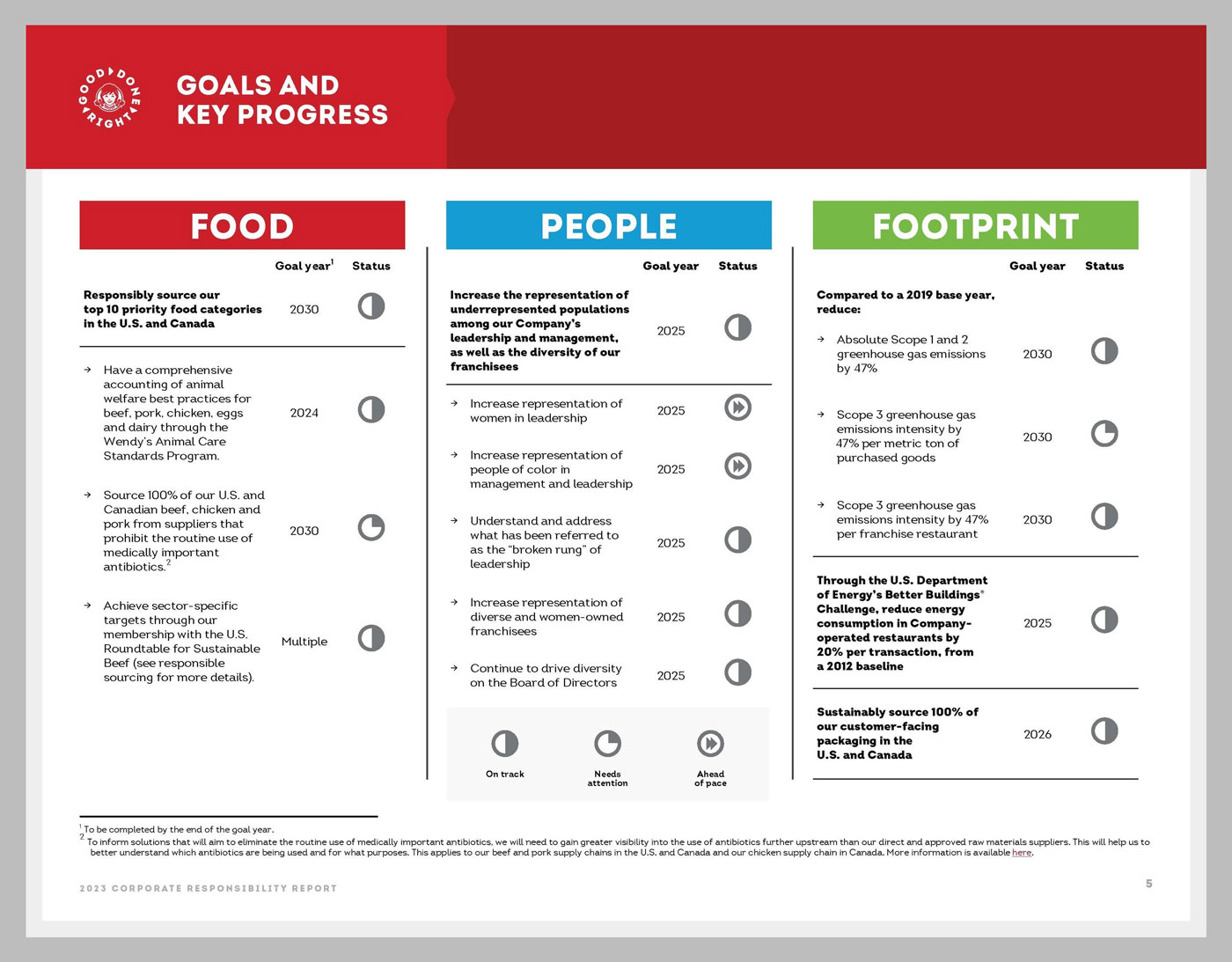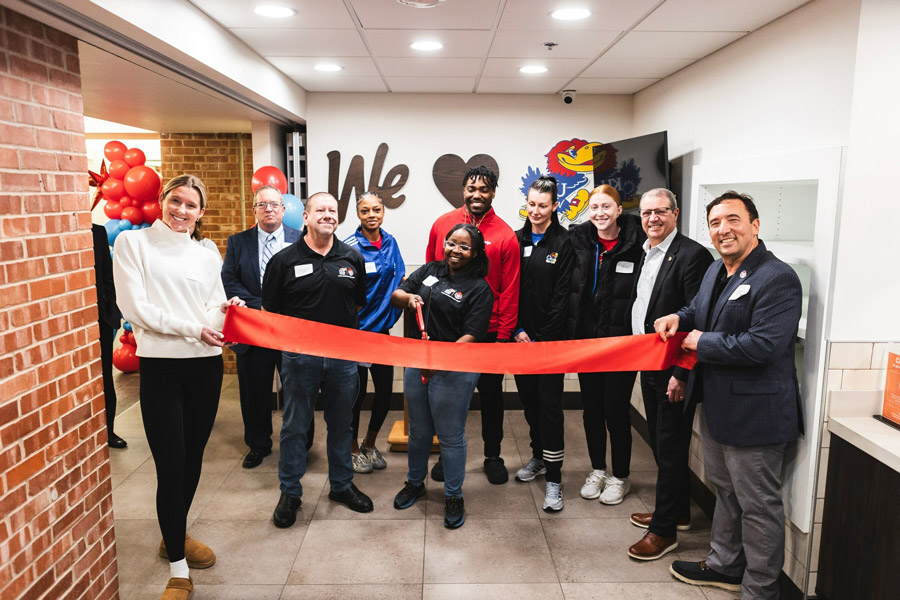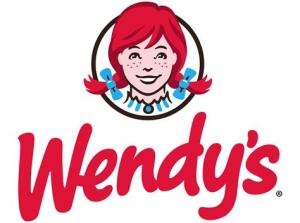Start Your Day Strong with Wendy’s New $3 English Muffin Deal
Plus, Wendy’s launches new Sausage Breakfast Burrito, available at participating locations
DUBLIN, Ohio
WHAT:
Wendy’s® is doubling down on better breakfast with unmatched value and quality on the go.
Starting today, customers can enjoy a mouthwatering combination of a small Seasoned Potatoes and their choice of either a Bacon, Egg & Cheese English Muffin or a Sausage, Egg & Cheese English Muffin – all for just $3*! This combo is a delicious and value-able reason to jump out of bed in the morning!
Fans hungry for something hearty and flavorful can also order the NEW Sausage Breakfast Burrito at participating locations across the U.S. Inspired by the fandom of Wendy’s Bacon Breakfast Burrito launched earlier this year, this fully loaded morning meal includes a grilled sausage patty, fresh cracked eggs, seasoned breakfast potatoes, American cheese, and cheese sauce. All these ingredients are wrapped in a tortilla and served with two Cholula® Original Hot Sauce Packets on the side for customers looking for an added spicy kick.
WHERE & WHEN:
Beginning today, fans can snag their $3 English Muffin deal and the Sausage or Bacon Breakfast Burrito at their nearest participating Wendy’s restaurant during breakfast hours. Folks can check Wendy’s store locator to find their closest location and local breakfast hours.
WHY:
Within the past year, Wendy’s has leveled up in the breakfast game, offering fans a lineup of smooth Frosty® Cream Cold Brew flavors, a sweet Cinnabon® Pull-Apart and a hearty Breakfast Burrito. Wendy’s continues to push breakfast boundaries with their premium innovation and compelling value offering, like the new $3 English Muffin deal.
HOW:
For the best value in breakfast, order the $3 English Muffin deal online, or via the Wendy’s mobile app during breakfast hours. Craving something hearty? Try Wendy’s new Sausage Breakfast Burrito at a participating location near you.
Prefer delivery? DoorDash members can get $5 off their breakfast order of $12 or more when it includes either a Sausage or Bacon Breakfast Burrito from 5/31 – 6/6, or until redemptions last.**
Psst… If you order through the Wendy’s app, you can earn Wendy’s Rewards™ points to score free food!***

ABOUT WENDY’S:
Wendy’s was founded in 1969 by Dave Thomas in Columbus, Ohio. Dave built his business on the premise, “Quality is our Recipe®,” which remains the guidepost of the Wendy’s system. Wendy’s is best known for its made-to-order square hamburgers, using fresh, never frozen beef****, freshly-prepared salads, and other signature items like chili, baked potatoes and the Frosty dessert. The Wendy’s Company (Nasdaq: WEN) is committed to doing the right thing and making a positive difference in the lives of others. This is most visible through the Company’s support of the Dave Thomas Foundation for Adoption® and its signature Wendy’s Wonderful Kids® program, which seeks to find a loving, forever home for every child waiting to be adopted from the North American foster care system. Today, Wendy’s and its franchisees employ hundreds of thousands of people across over 7,000 restaurants worldwide with a vision of becoming the world’s most thriving and beloved restaurant brand. For details on franchising, connect with us at www.wendys.com/franchising.
Visit www.wendys.com and www.squaredealblog.com for more information and connect with us on X and Instagram using @wendys, and on Facebook at www.facebook.com/wendys.
*Limited time only. U.S. price and participation may vary. Select or request English Muffin Deal to obtain discount. Not valid for a la carte or combo orders. Single item at regular price. Prices are higher in Alaska and Hawaii.
**Get $5 off when you add a Wendy’s Sausage or Bacon Breakfast Burrito on DoorDash orders of $12 or more. Orders must have a minimum subtotal of $12, excluding taxes and fees. Offer valid from 5/31/2024 through 6/6/2024, or while supplies last. Valid only at participating U.S. Wendy’s locations. Fees (including service fee), taxes, and gratuity still apply. All deliveries subject to availability. Must have an existing DoorDash account with a valid form of accepted payment on file. No cash value. Non-transferable. See full terms and conditions at help.doordash.com/consumers/s/article/offer-terms-conditions.
***At participating U.S. Wendy’s. My Wendy’s™ account registration and use required to redeem offers, mobile order, earn points and redeem rewards. Rewards points have no monetary value. See wendys.com or Wendy’s app for details.
****Fresh beef available in the contiguous U.S., Alaska and Canada.
Cholula is a registered trademark of SPICY LIQUID LLC © 2024, used under license.
Cinnabon® is a registered trademark of Cinnabon Franchisor SPV LLC. ©2024 Cinnabon Franchisor SPV LLC.









